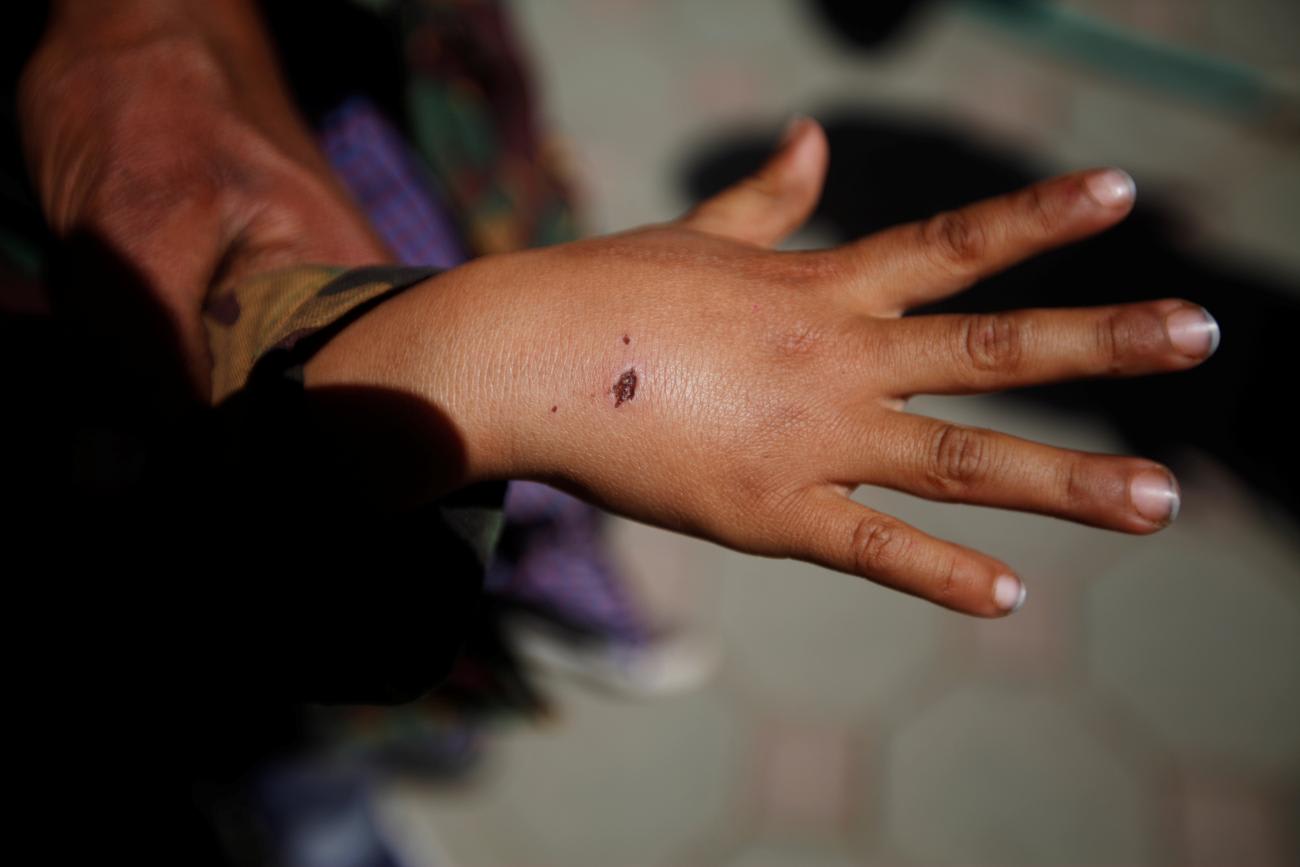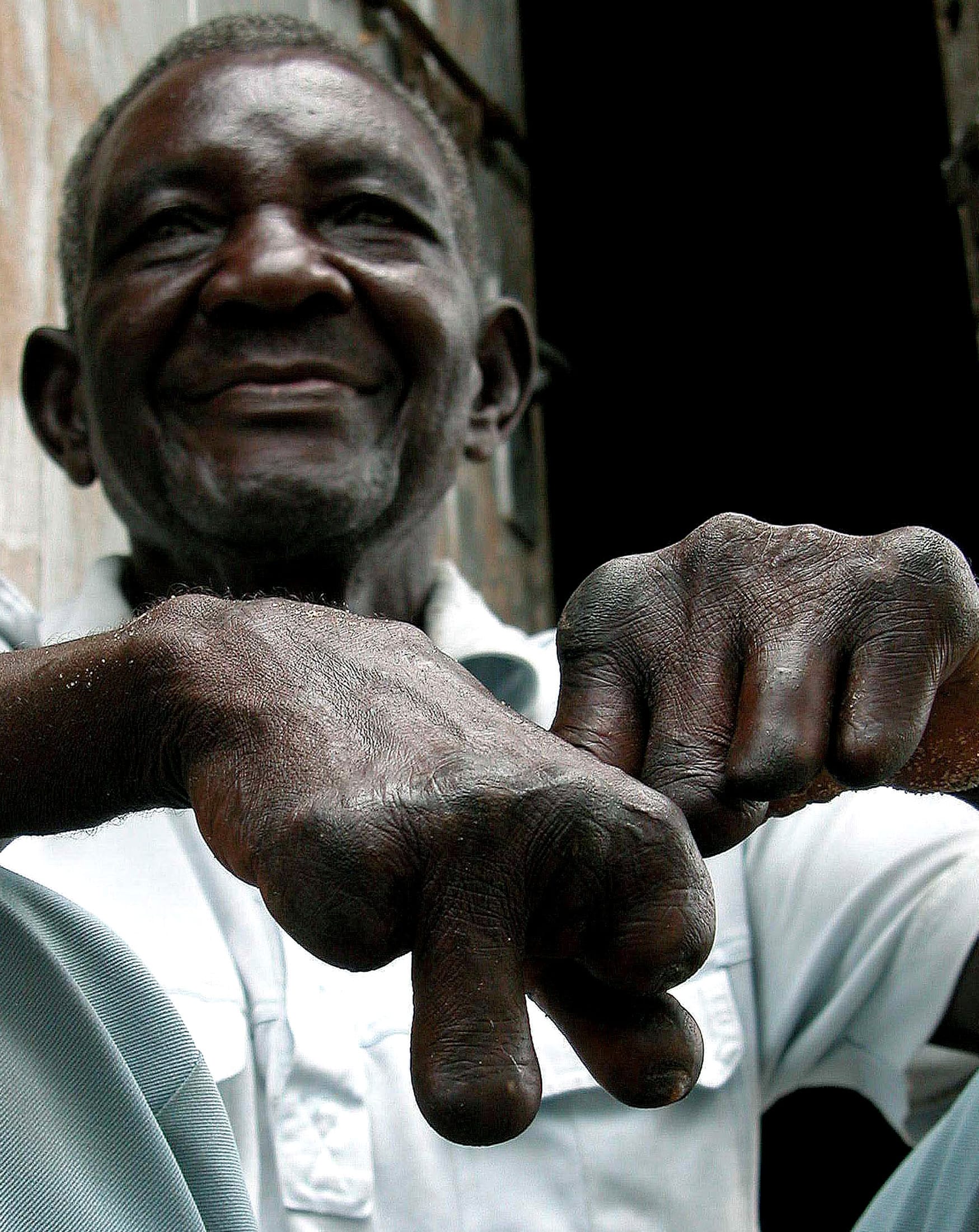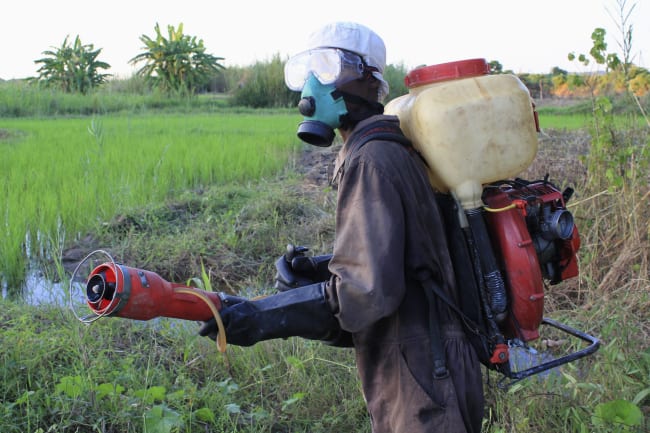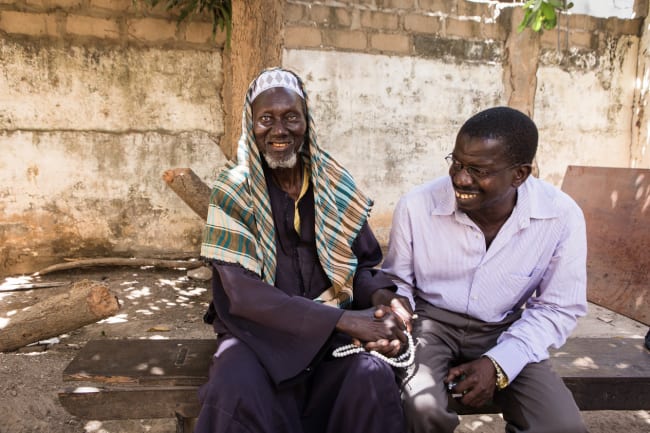When you order an item from Amazon, with the help of a mix of software and algorithms—all housed in the digital cloud—your order is tracked every step of the way, predicting delivery with accuracy through a seamless logistical chain owned mostly by the company.
Now compare that to the process of delivering life-saving medicines across the globe to combat neglected tropical diseases (NTDs), a class of twenty debilitating illnesses that includes leprosy, lymphatic filariasis, river blindness, rabies, trachoma, and dengue fever. Low- and middle-income countries rely on pharmaceutical donations to prevent and treat NTDs. But no matter how effective treatments are, without stronger supply chains—like the Amazon model—that can efficiently reach more than one billion people living in affected communities across the globe, the goal of eliminating NTDs will remain out of reach.
One of the most critical weaknesses in NTD supply chains is the lack of transparency and coordination between various stakeholders who procure, manufacture, and transport medicines. Unlike orders on Amazon, the supply chain that delivers NTD medicines is largely fragmented, involving many different players, who each handle products through multiple stages of demand forecasting, manufacture, and transport—with no central agency tracking products as they make their way through the supply chain. As a result, when health officials place orders for medicines to treat NTDs—ordering hundreds of thousands or even millions of doses—they can end up waiting for months to learn the status of their orders, unable to track the shipments. This means medicines don't always reach patients on time. The uncertainty makes it challenging to plan and implement NTD programs.
Today, it's possible to digitally track donated NTD medicines only to the point where they enter the destination country
The NTD Supply Chain Forum, a global public-private partnership, has taken steps to address this problem. In 2016, the World Health Organization (WHO) and pharmaceutical donors joined the Forum's technology platform, called NTDeliver, to track where NTD medicines are in the supply chain and transparently share that information. The goal was to dramatically reduce inefficiency and empower health-care systems to implement public health campaigns, enable manufacturers to accurately gauge demand for medicines, and free up health officials and partners like the WHO from having to manually monitor the status of individual orders.
On the NTDeliver platform, orders can be viewed and include information including: drug name, supplier, quantity ordered, when packing was completed, when the packing list was received, shipment date, estimated delivery date, and which health program drugs are meant to support. Users can compare intended versus actual delivery dates for past orders, providing information about supply chain performance that's useful for future planning. The public can access much of the same data, providing more transparency and greater ability to analyze NTD supply chain performance around the world.
Prior to creating the platform, shipments arrived well below the World Health Organization target of 80 percent on-time, resulting in wasted and expired medicines, increased program costs, and the health of people awaiting their medicines. An independent review published in 2020 found that NTDeliver has increased on-time delivery of medicines by 37 percent.

This collaborative approach—which uses technology and partnerships—has led to its use for a wider range of NTDs. But there are still additional ways that supply chains must be strengthened. Today, it's possible to digitally track donated NTD medicines only to the point where they enter the destination country. But medicines need to be delivered several steps further to regional stores and local clinics where patients can access them.
This "last-mile" distribution is the next frontier. These steps in the supply chain have not yet been modernized in most developing countries—in part because record keeping is still largely done with pen and paper. Researchers are already working on how to extend logistics platforms to the local level, though.
Digital tools can power modern medicine supply chains and advances in technology have made them more accessible, cost-effective, and more useful than in the past. We can and should apply them in order to end many of today's NTDs. In turn, the reward will be felt by hundreds of millions of people who can access important medicines, delivered on time, with a maximum chance to save lives.













